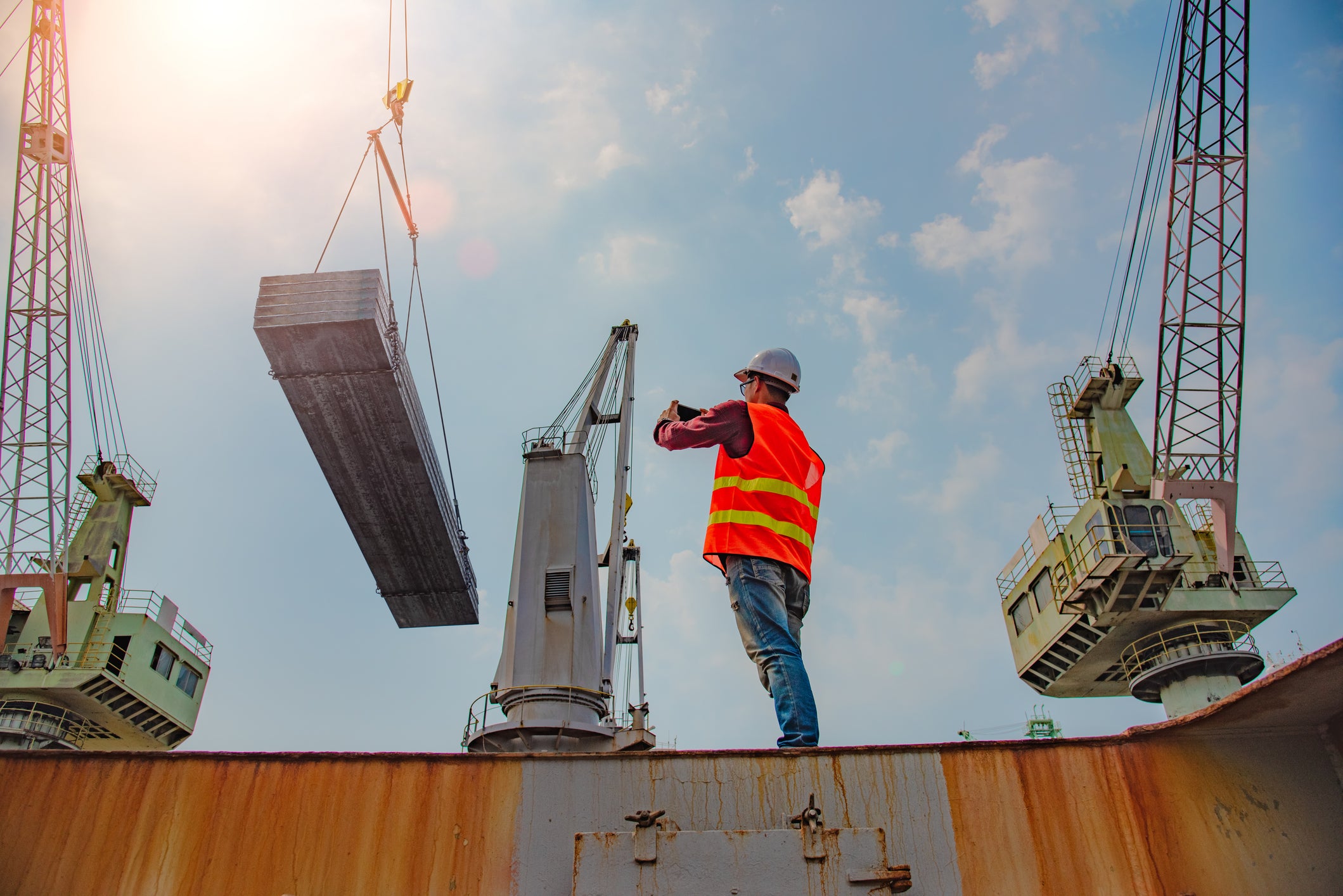1. Construction Sites
Worker Visibility: Safety vests ensure that construction workers are visible to machinery operators and passing vehicles, reducing the risk of accidents.
Night Work: Workers performing tasks at night or in low-light conditions wear high-visibility vests to stay safe.
2. Traffic Control and Roadwork
Flaggers and Road Crews: Workers directing traffic or working near roadways wear reflective vests to ensure drivers can see them from a distance.
Emergency Roadside Assistance: Tow truck drivers, roadside mechanics, and emergency responders wear safety vests while assisting vehicles to enhance visibility near moving traffic.
3. Emergency Response
Rescue Teams: Firefighters, paramedics, and other emergency personnel wear safety vests to remain visible during rescue operations, especially in chaotic or poorly lit environments.
Disaster Relief Workers: Volunteers or officials providing aid in natural disaster areas wear safety vests to identify themselves and maintain safety in crowded or dangerous situations.
4. Warehouse and Factory Work
Forklift and Equipment Operators: Workers in warehouses, especially those operating forklifts or other heavy machinery, use safety vests to help avoid collisions with others.
Material Handling: Workers moving large materials may wear vests to ensure they are visible to machine operators and co-workers.
5. Outdoor Activities and Sports
Cycling and Running: Cyclists, runners, and joggers wear high-visibility vests to stay safe on roads, especially in low-light conditions or at night.
Hiking or Hunting: Hikers and hunters may wear bright-colored vests to avoid accidents in forests or other remote areas.
6. Event Security and Crowd Control
Security Personnel: Security guards at large public events or concerts often wear safety vests for easy identification and visibility.
Marshals and Guides: Event organizers and guides use vests to stand out in crowds, directing people and ensuring smooth event operations.
7. Airport and Runway Personnel
Ground Crew: Workers on airport tarmacs, especially those guiding aircraft or handling baggage, use safety vests to ensure visibility amidst large machinery and vehicles.
8. Maritime and Offshore Work
Dockworkers and Ship Crew: Workers in ports or on ships wear safety vests to improve visibility and prevent accidents in busy and hazardous environments.
Search and Rescue Missions: Search and rescue teams involved in marine operations use high-visibility vests to ensure they are easily spotted in challenging weather or lighting conditions.

